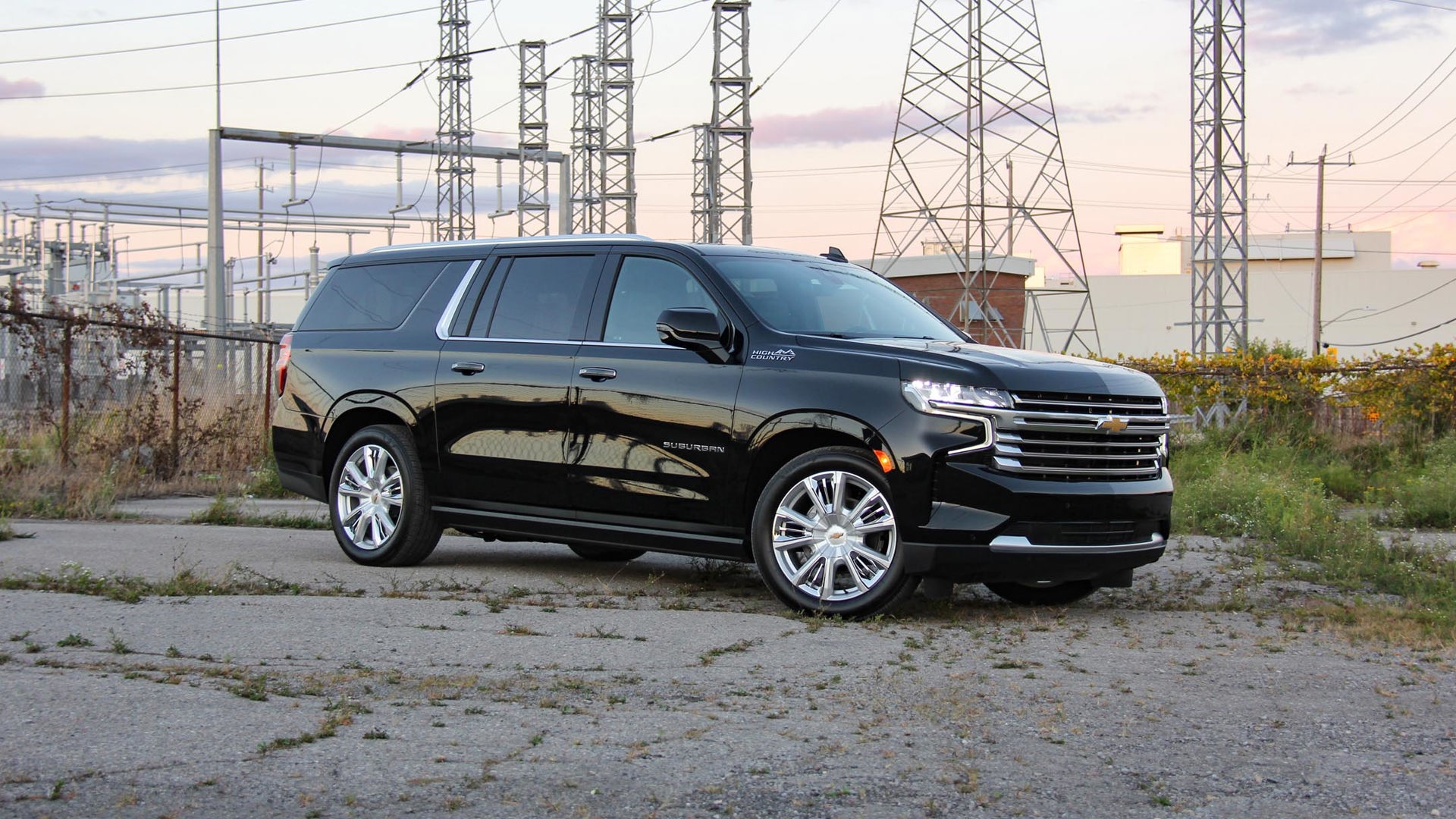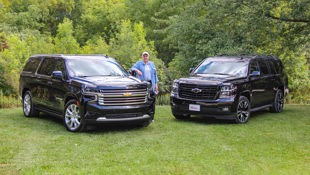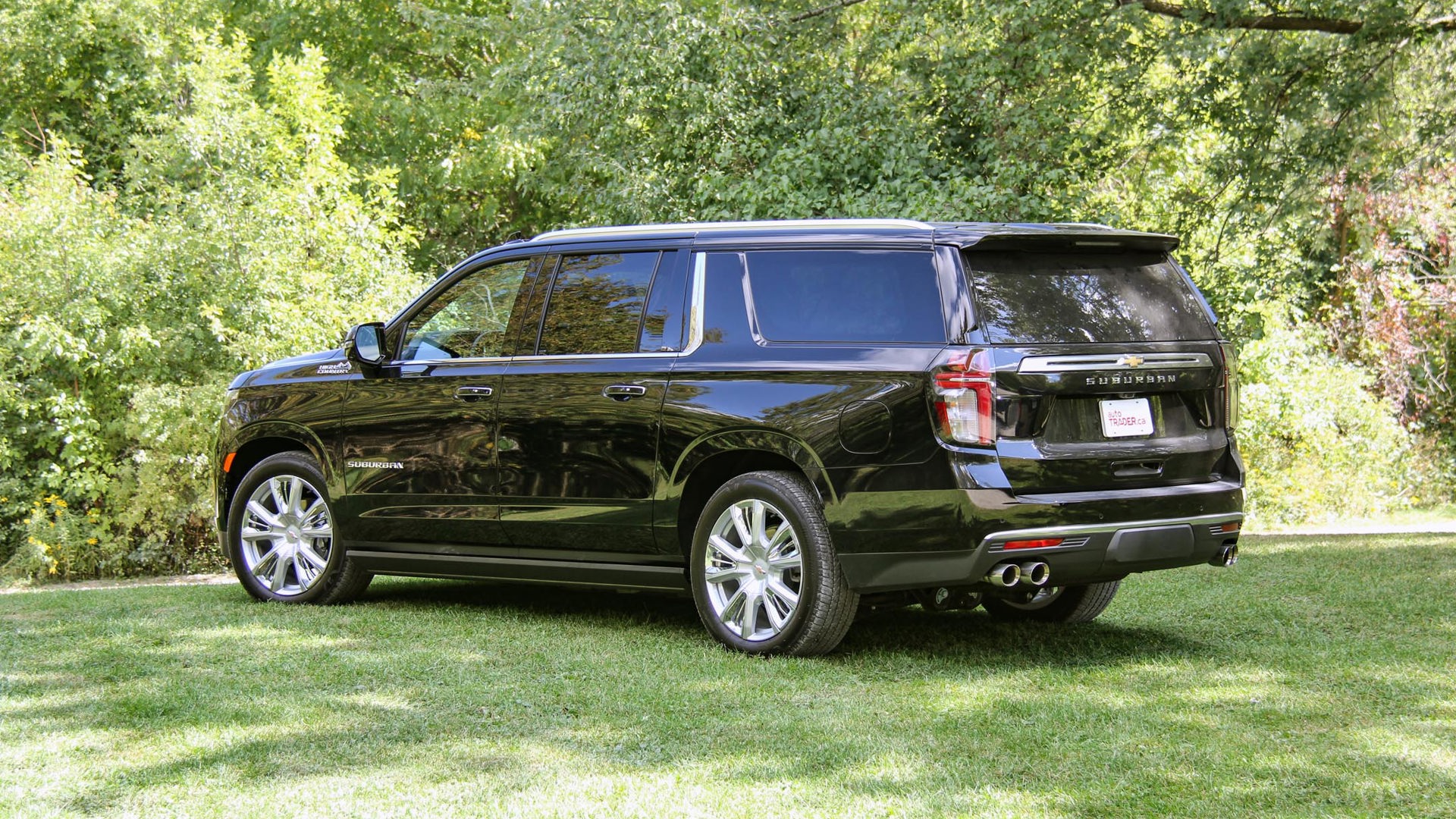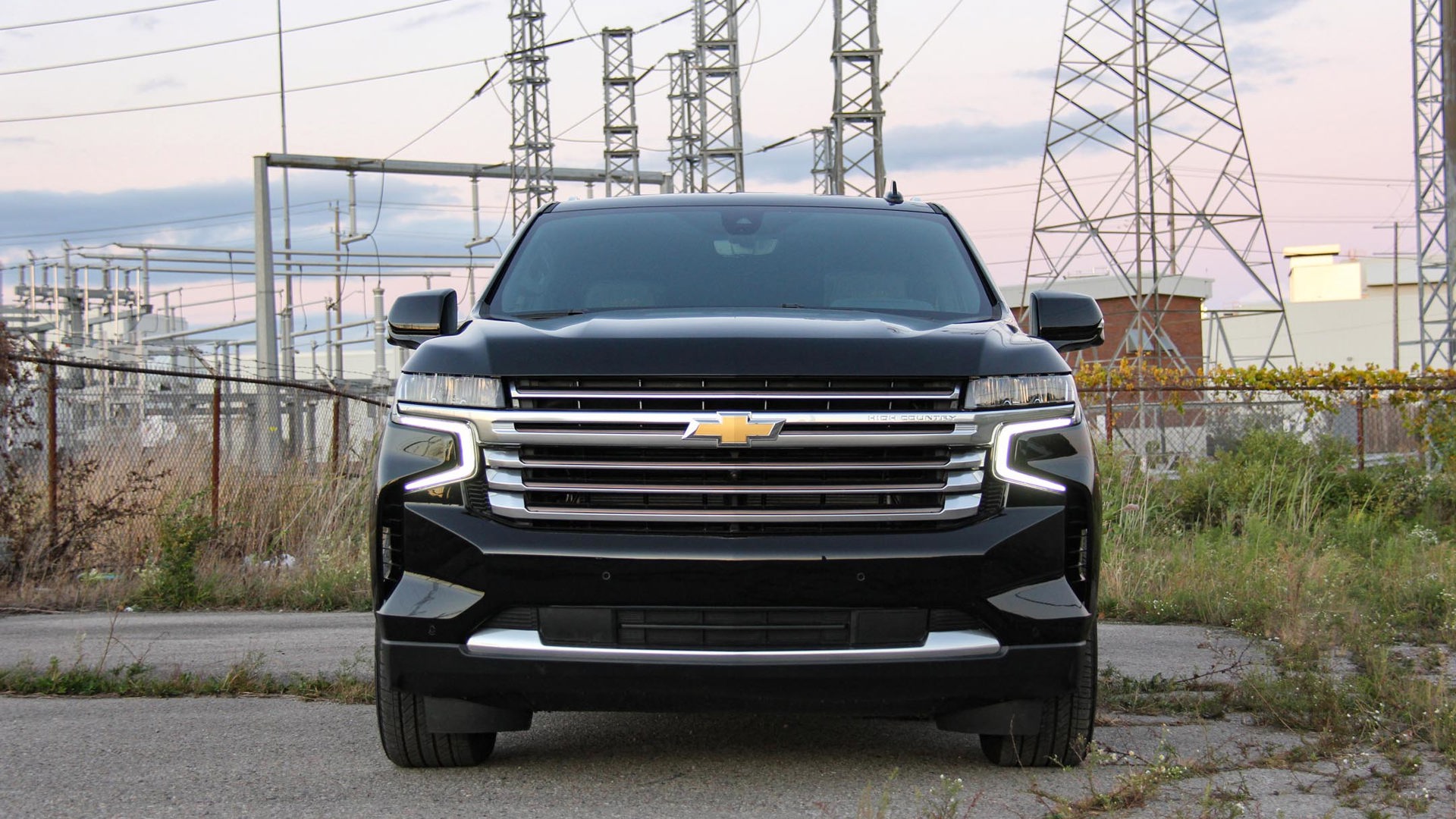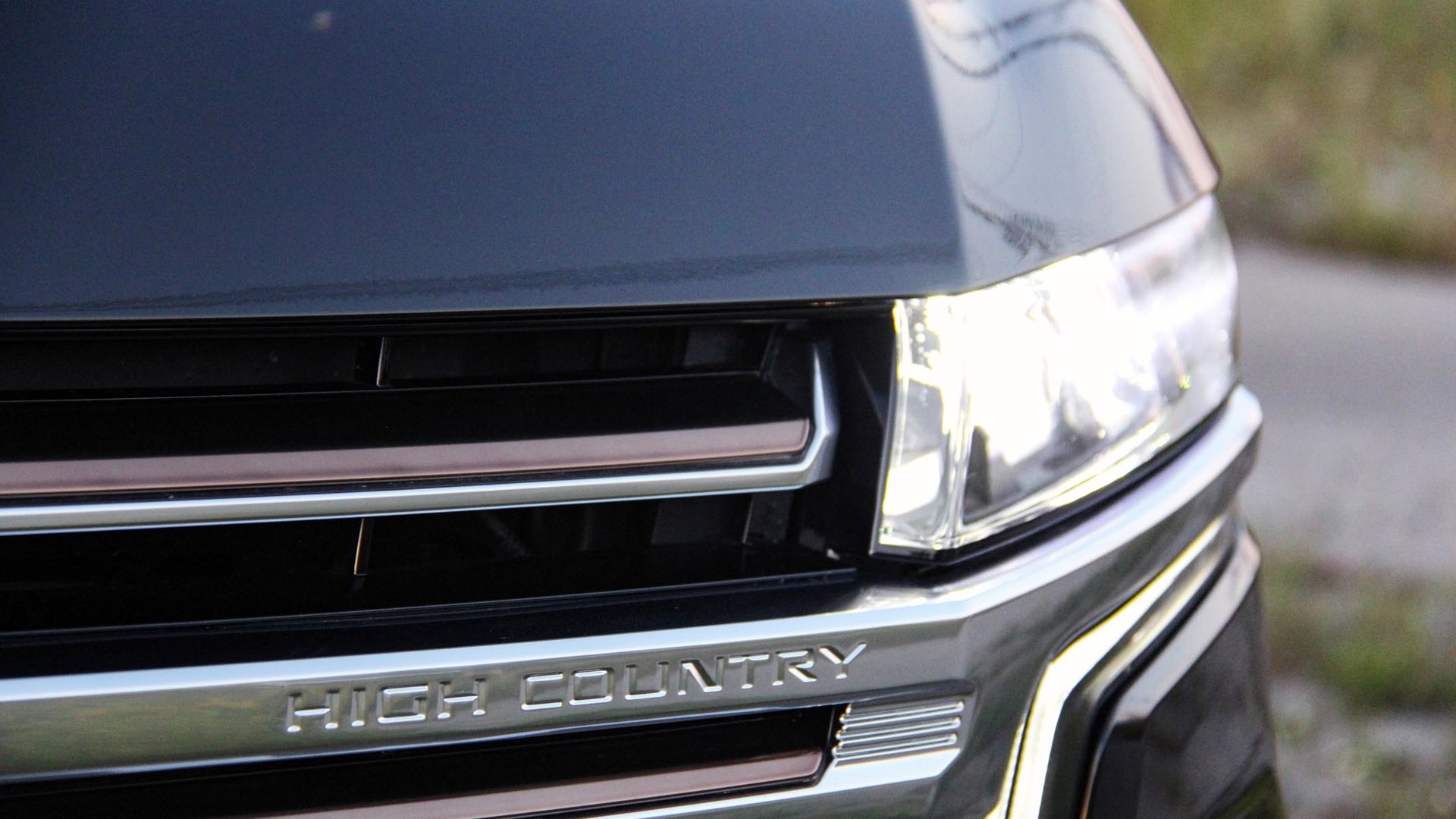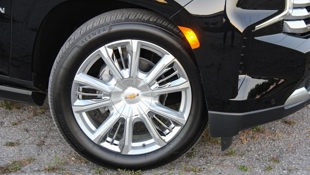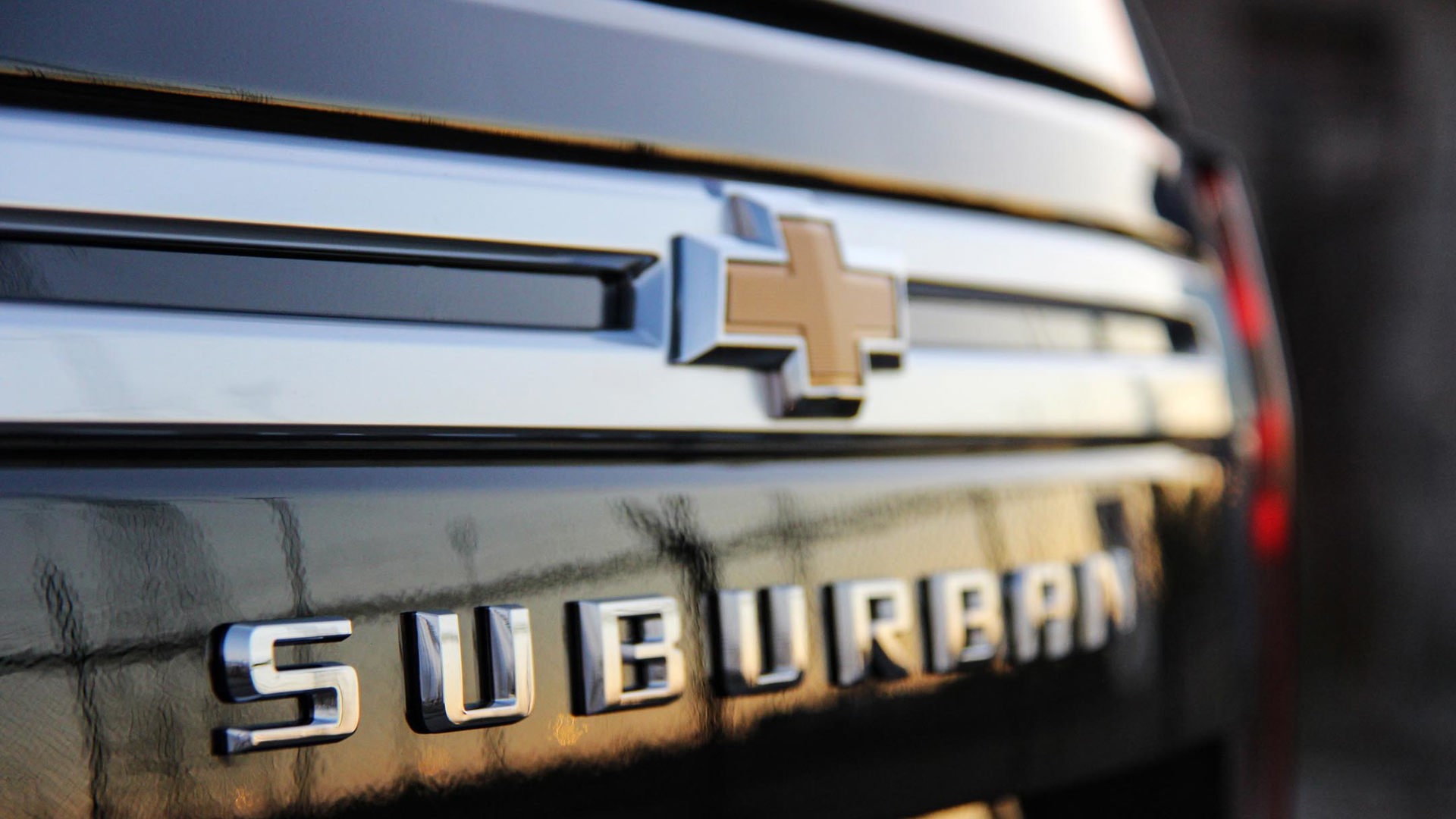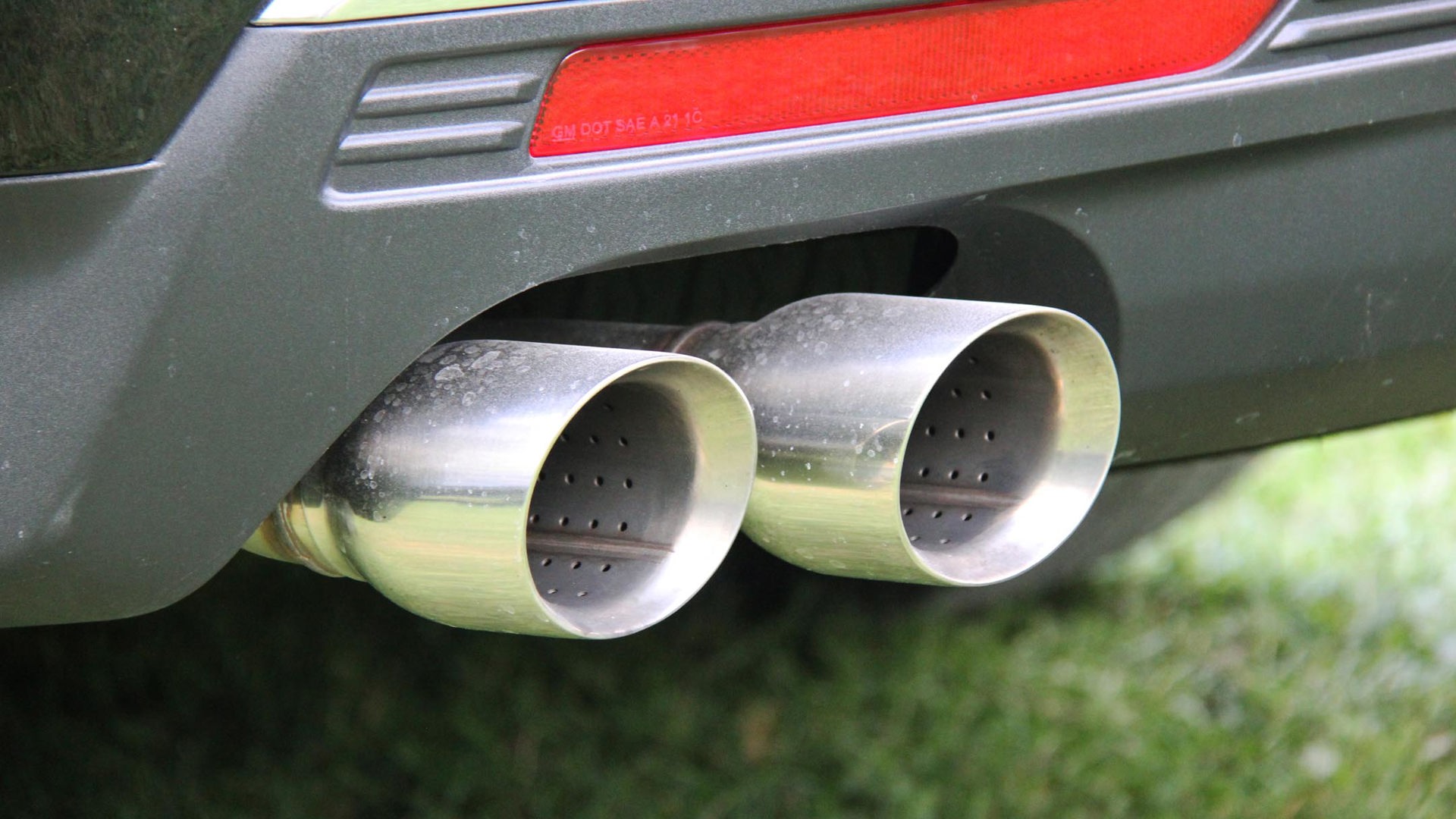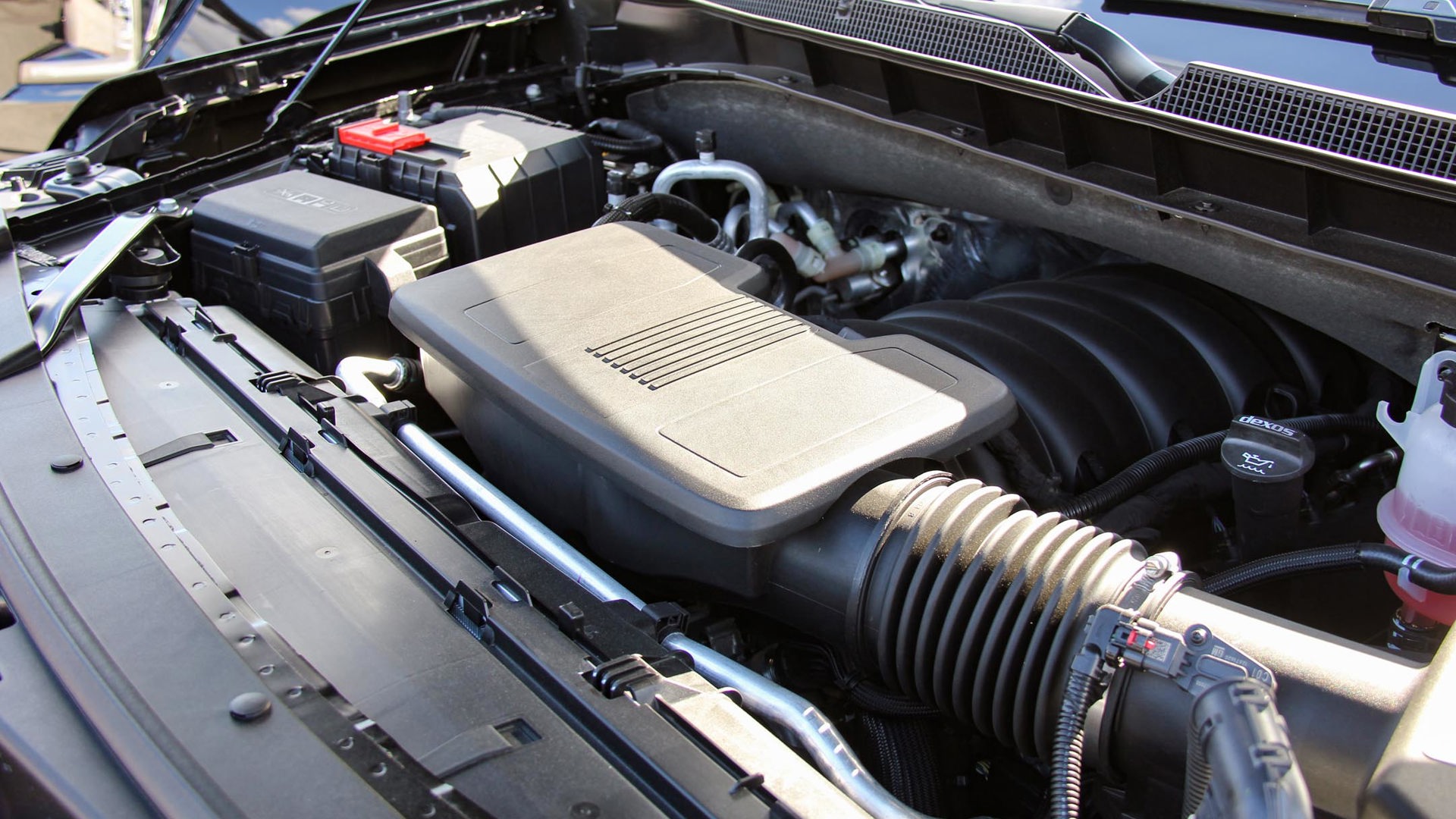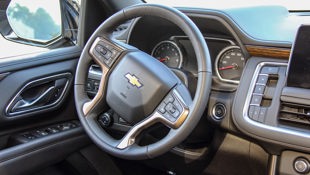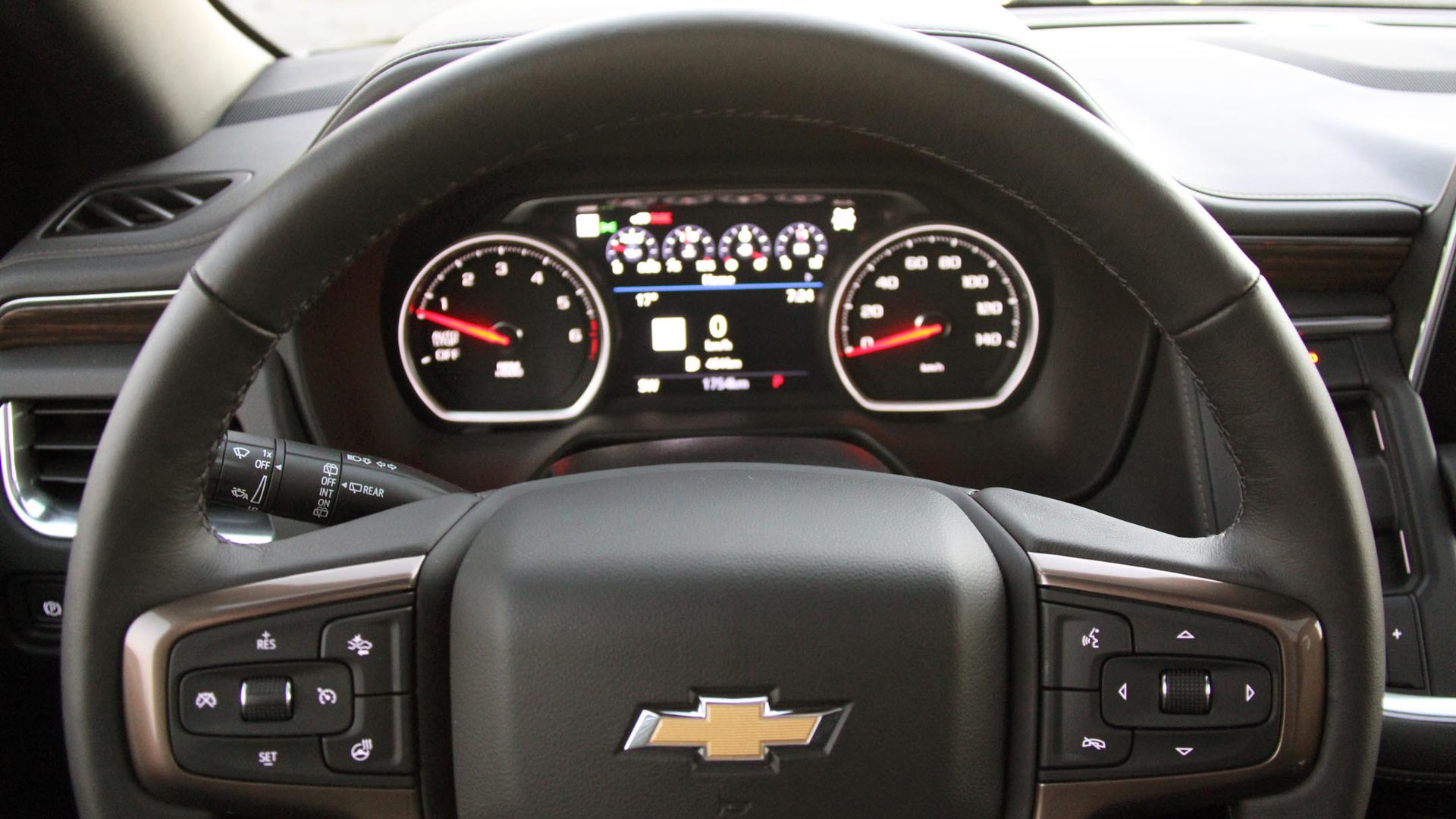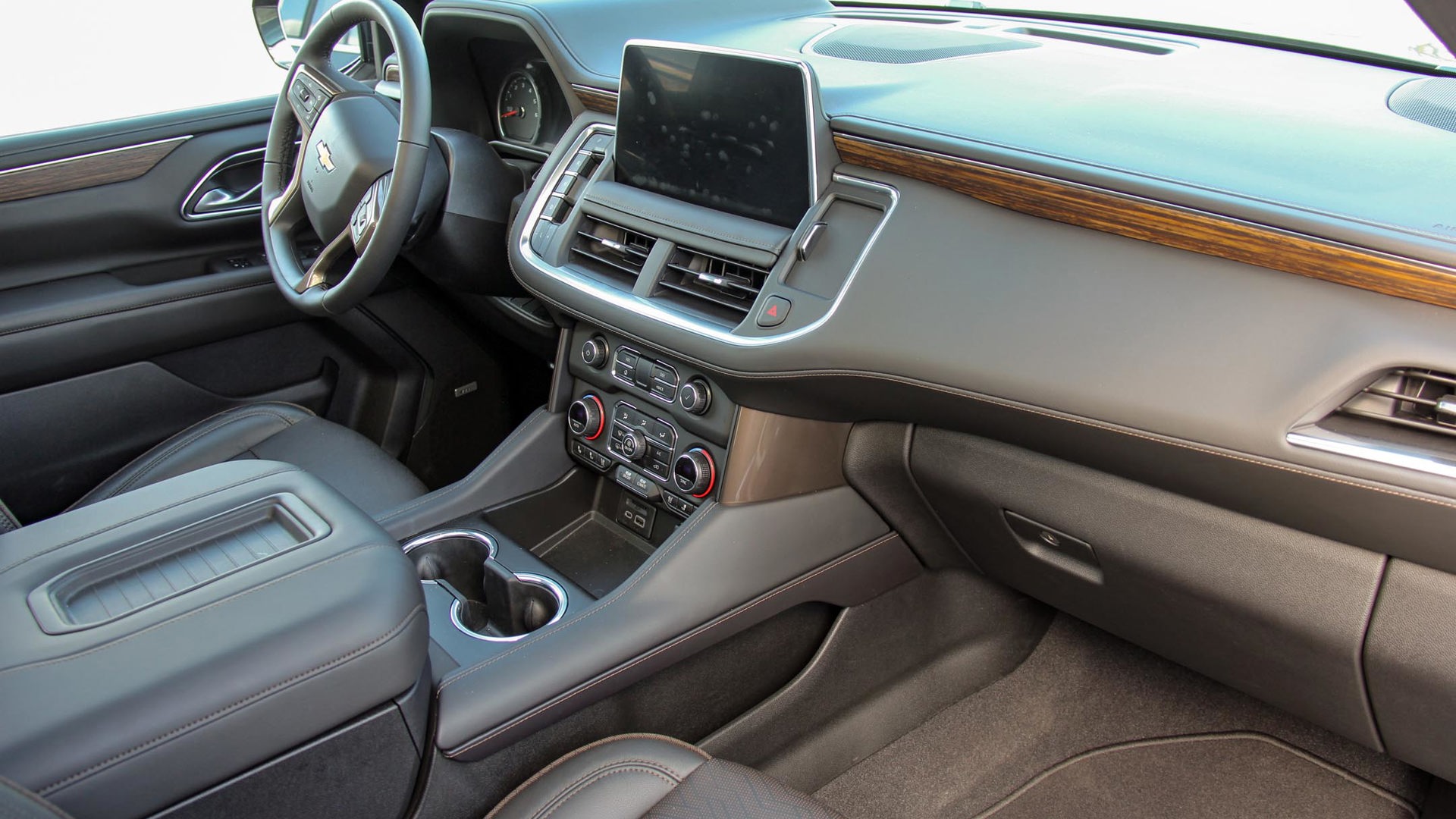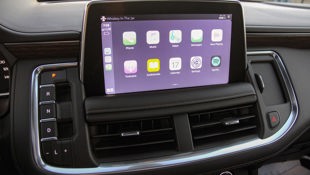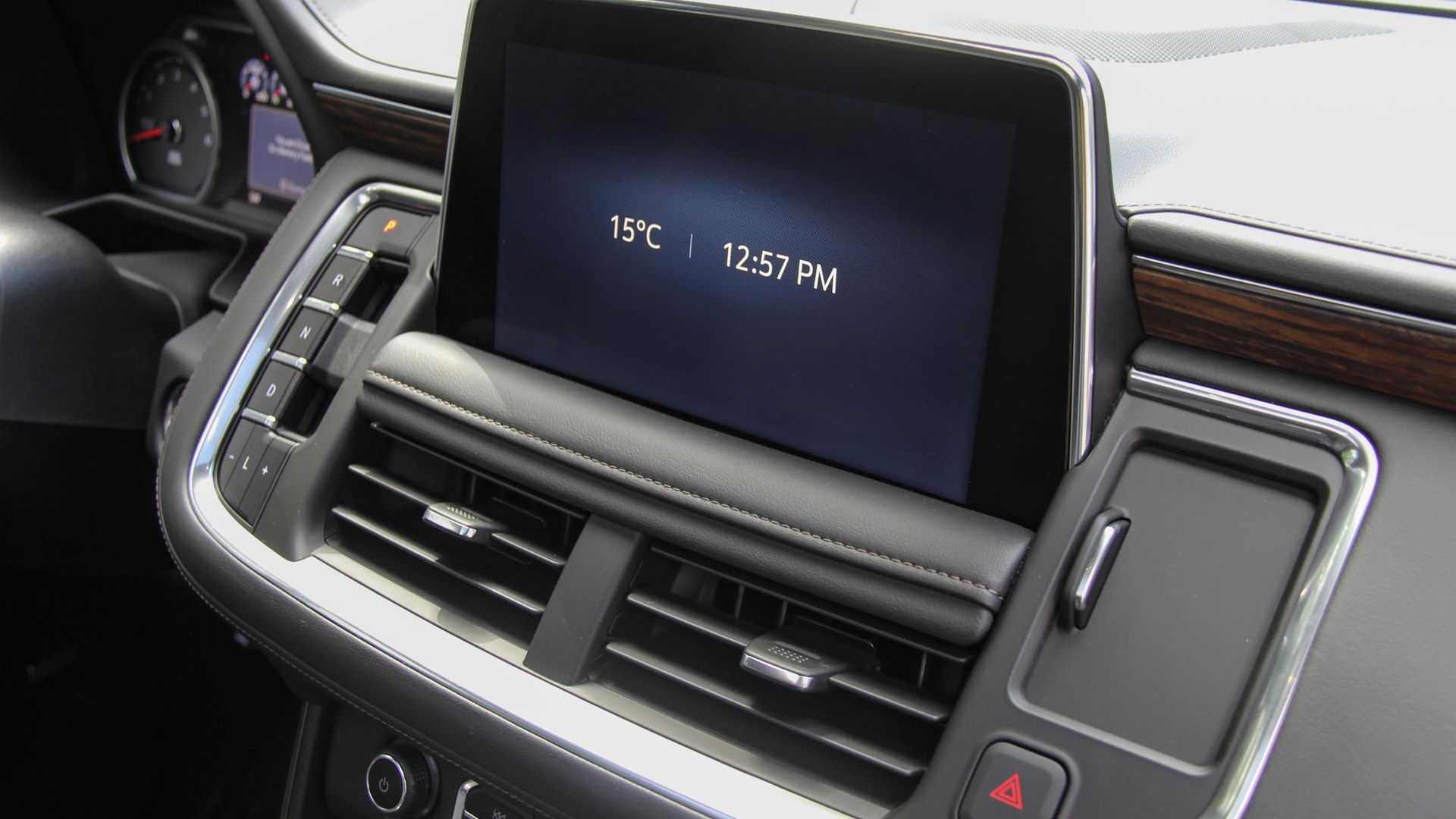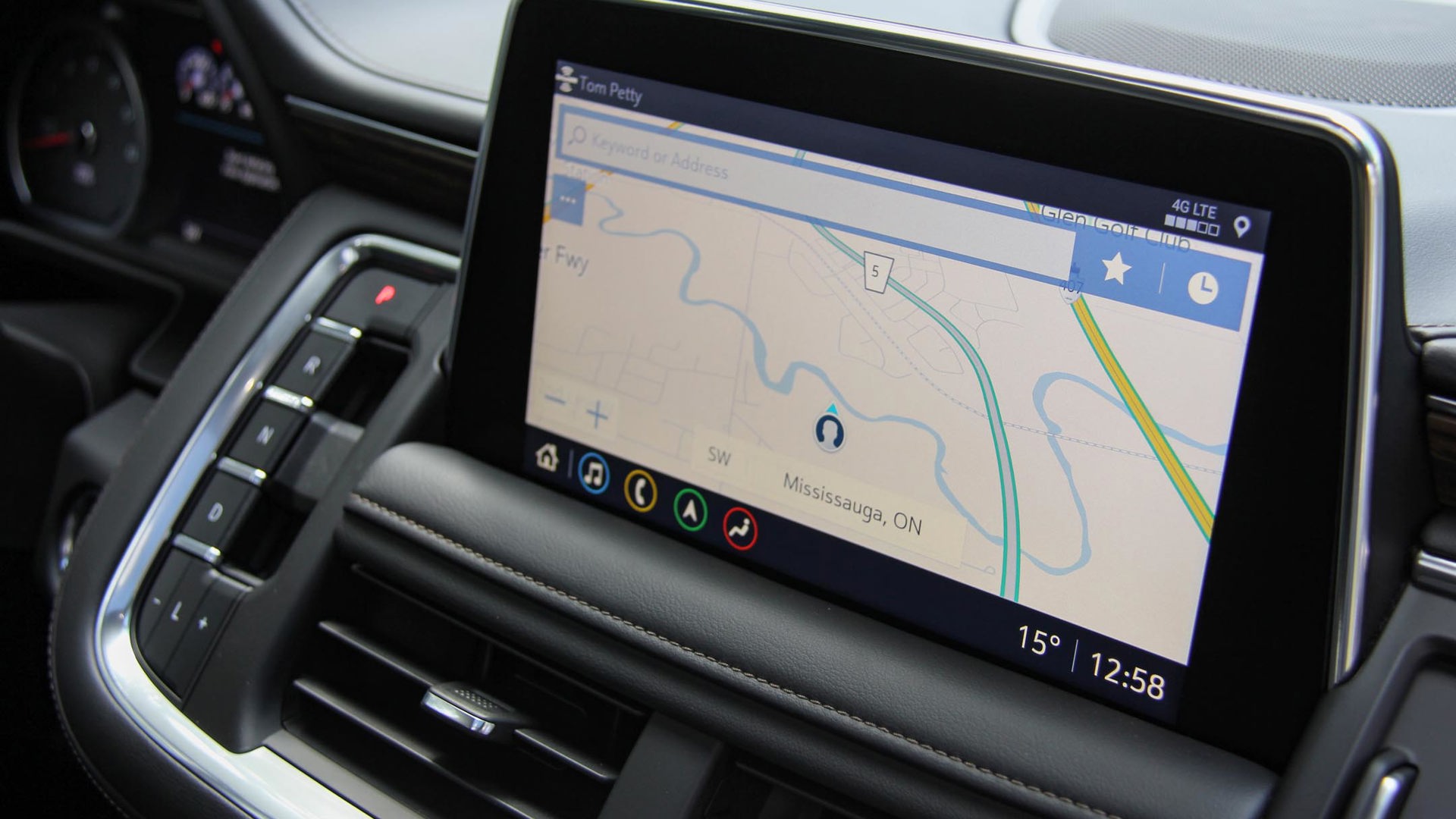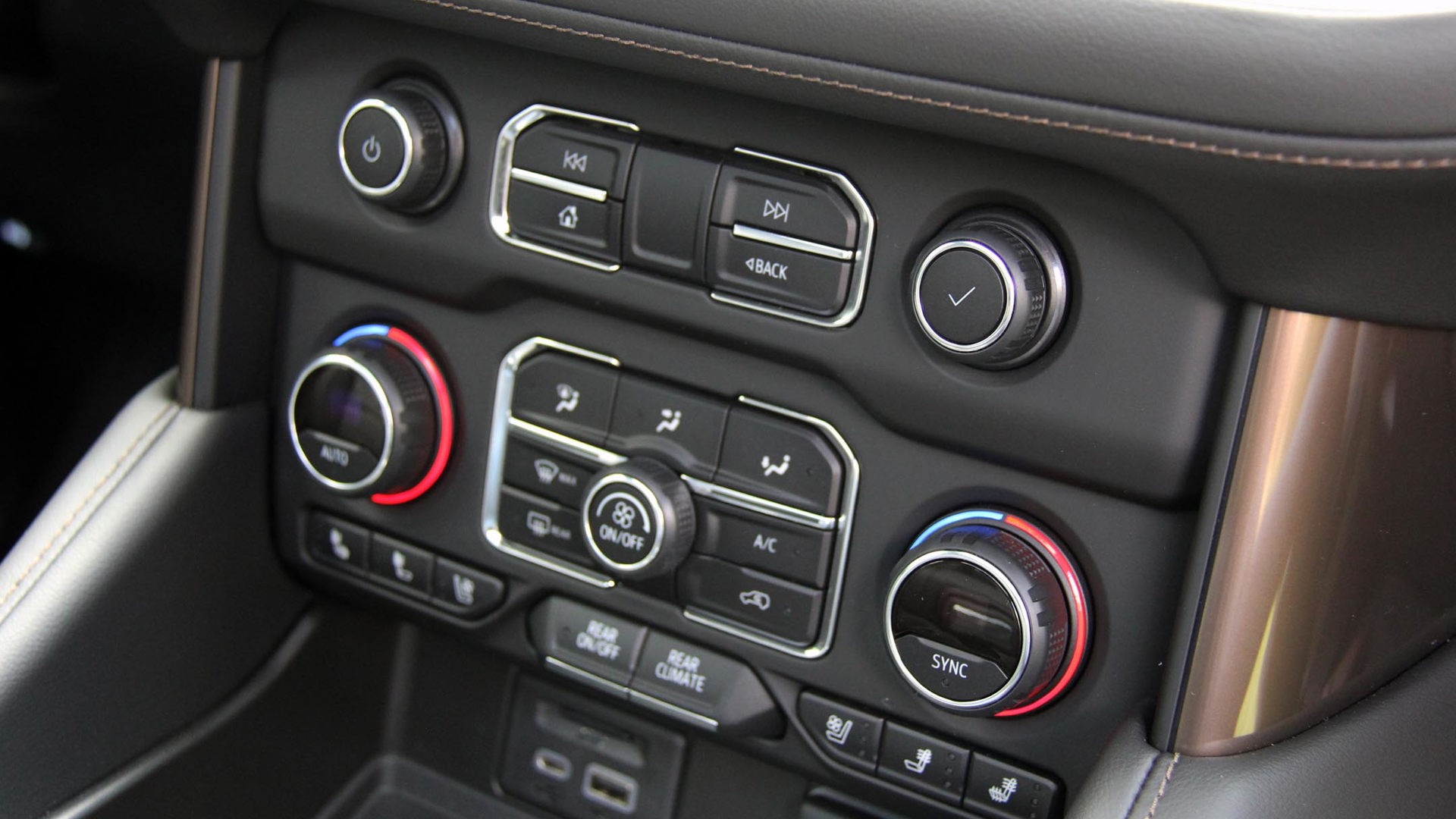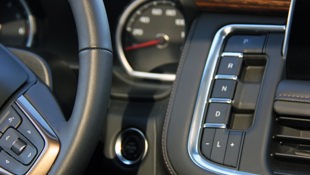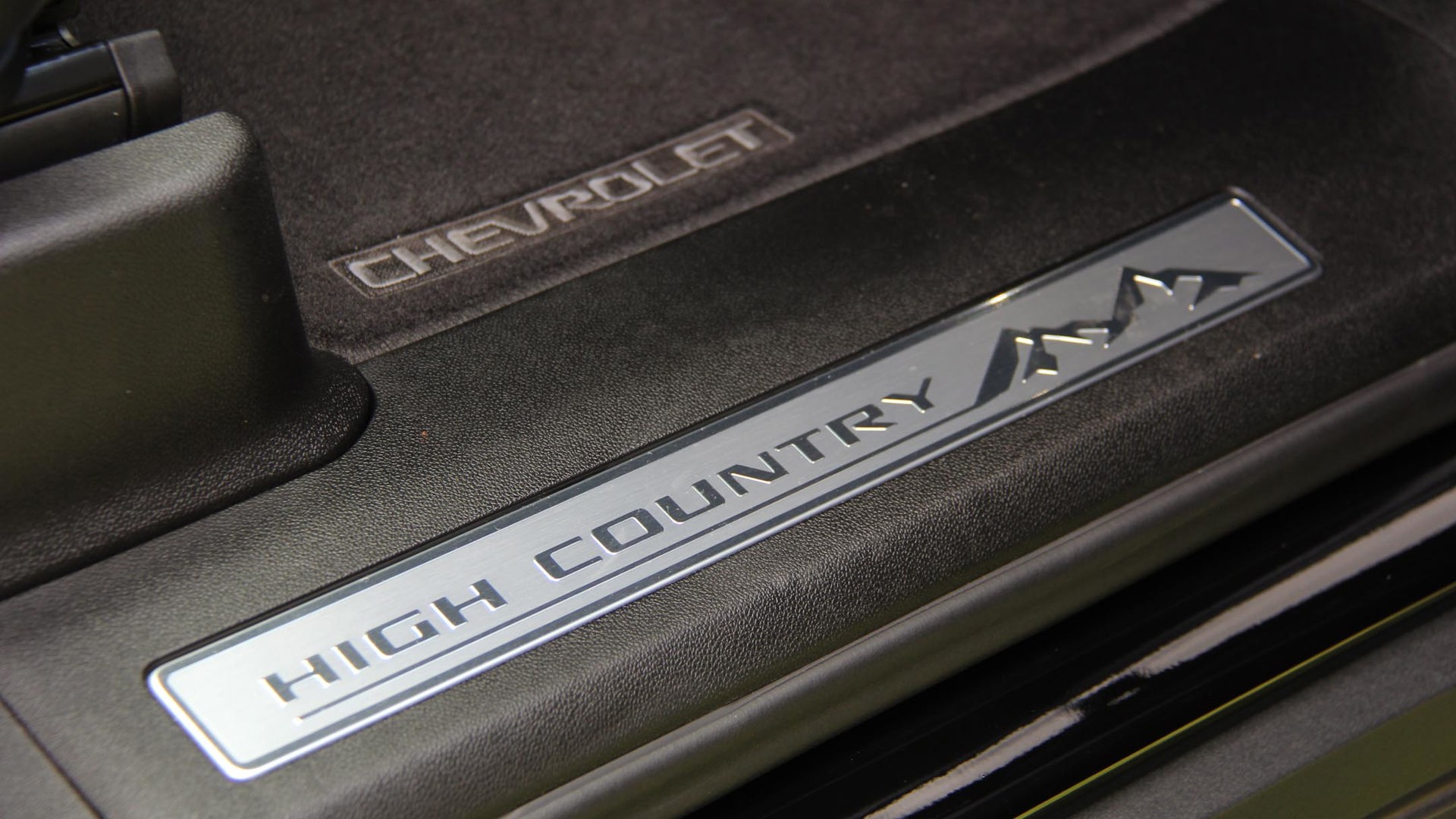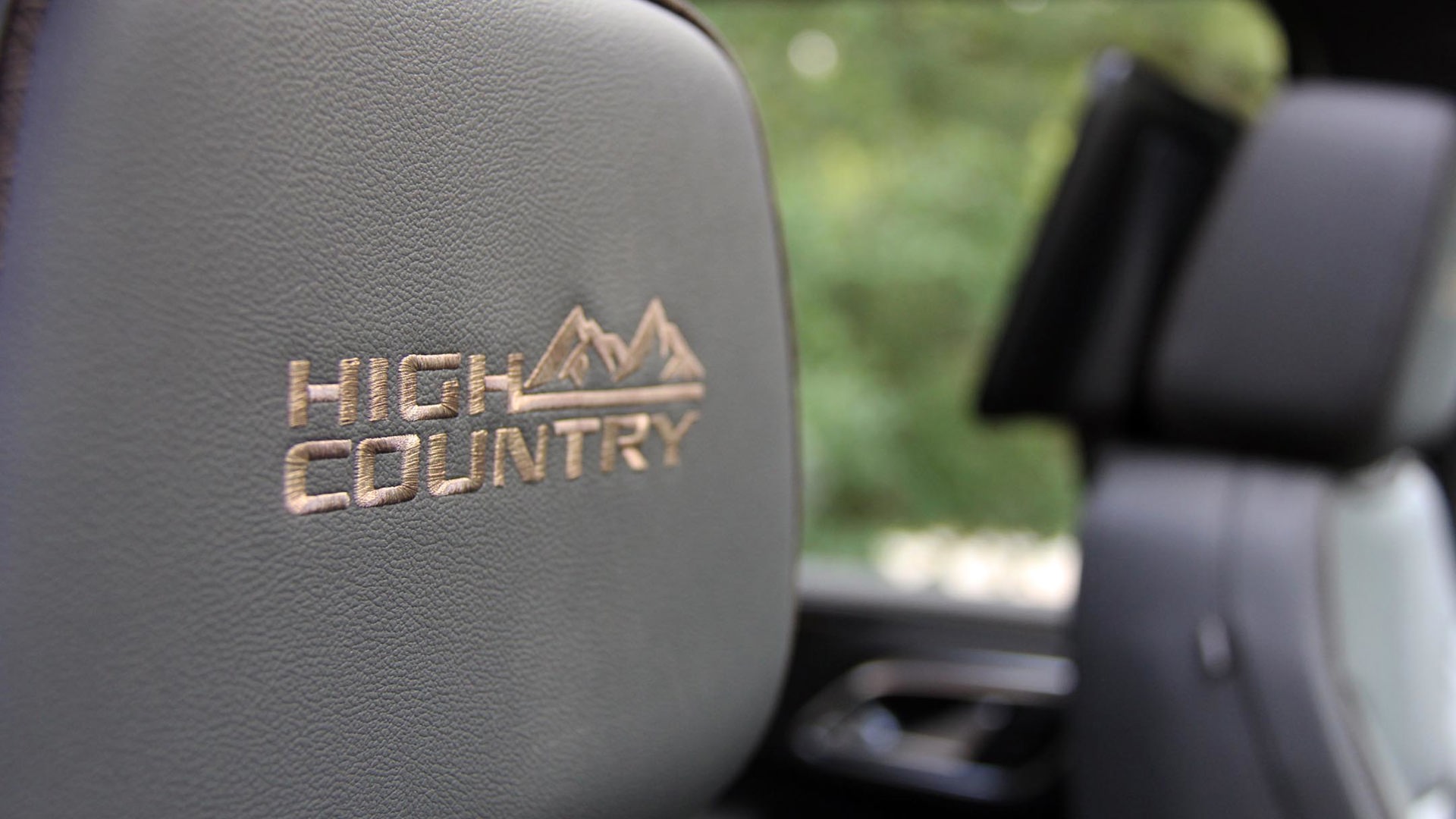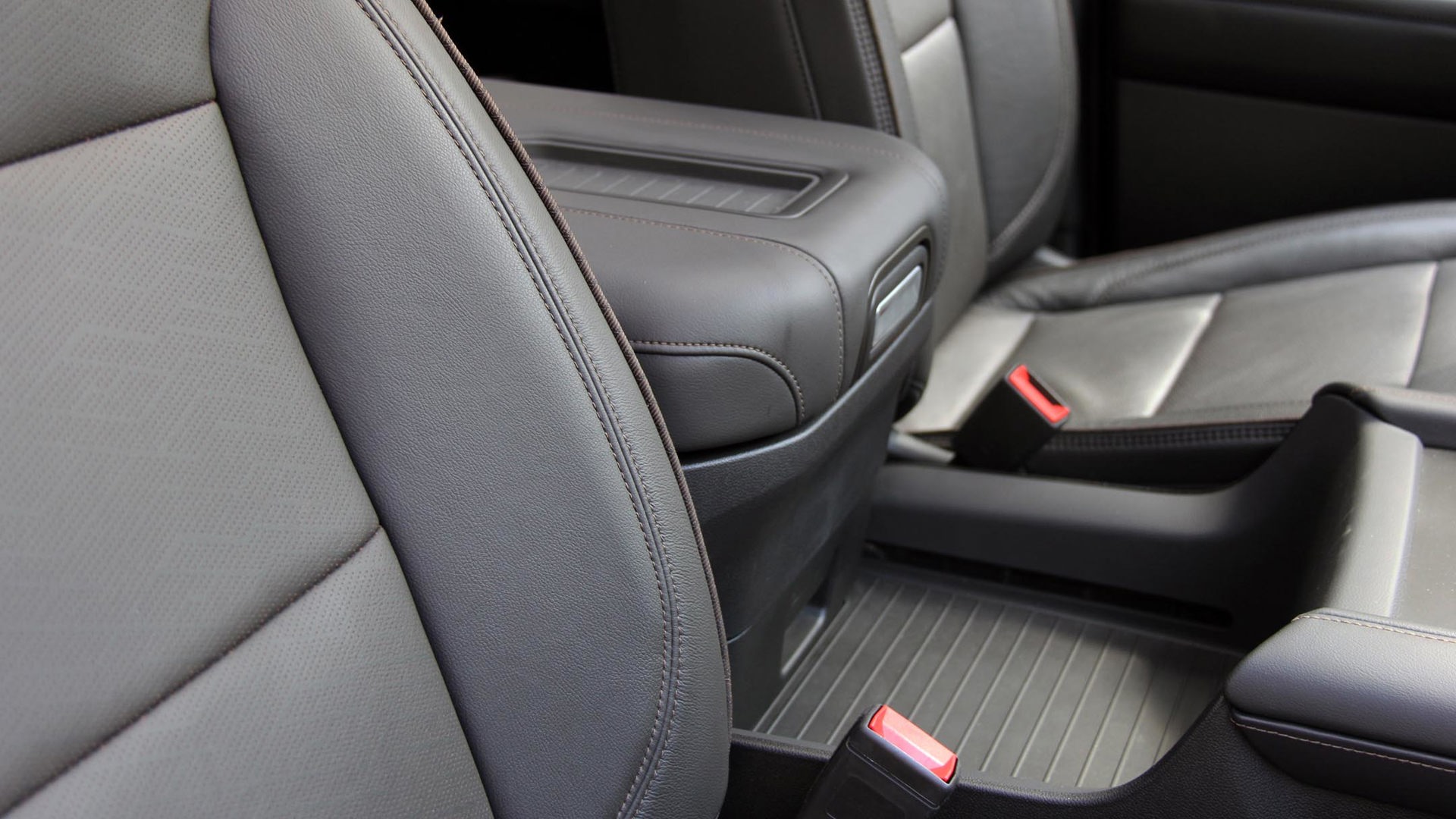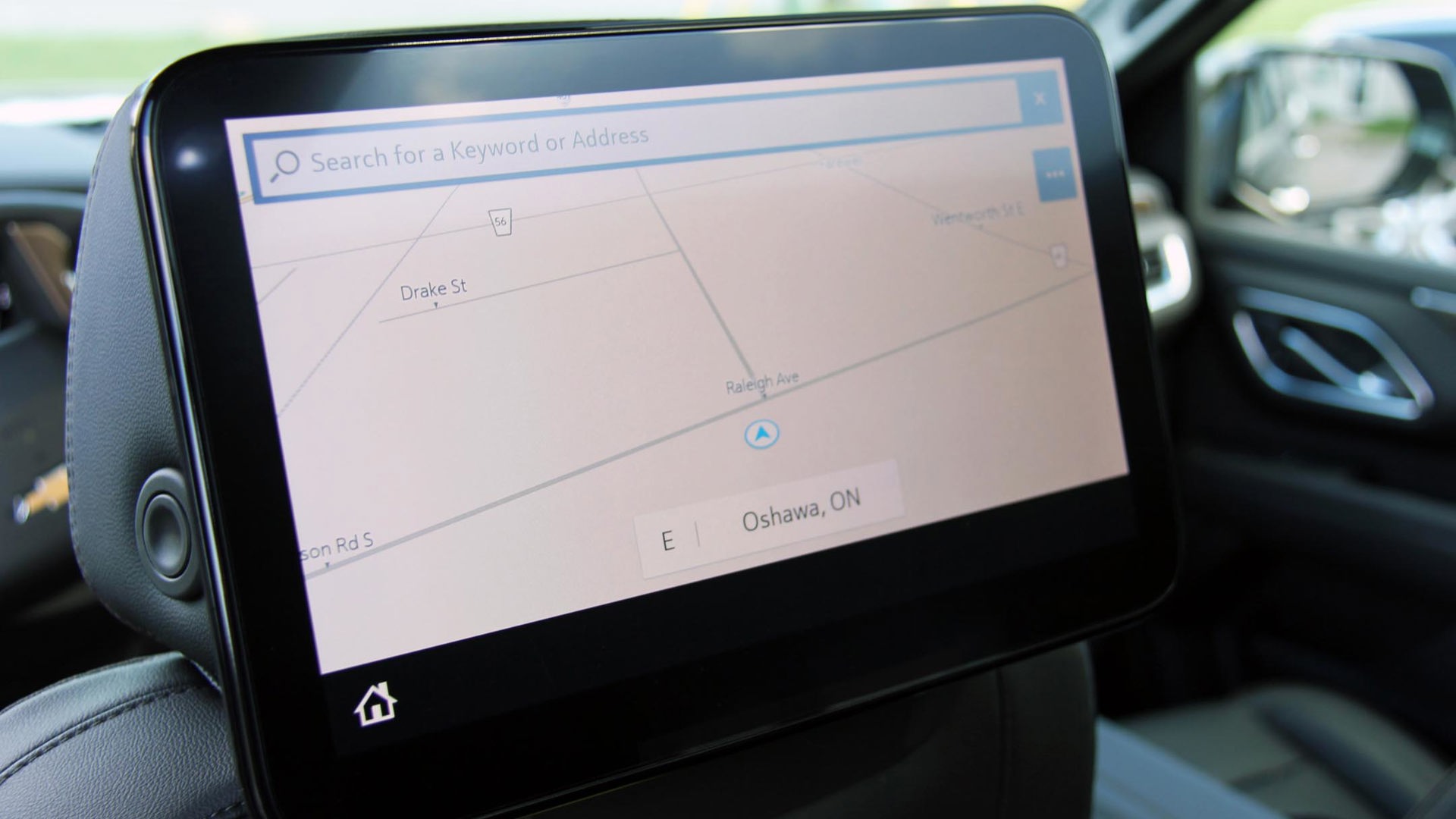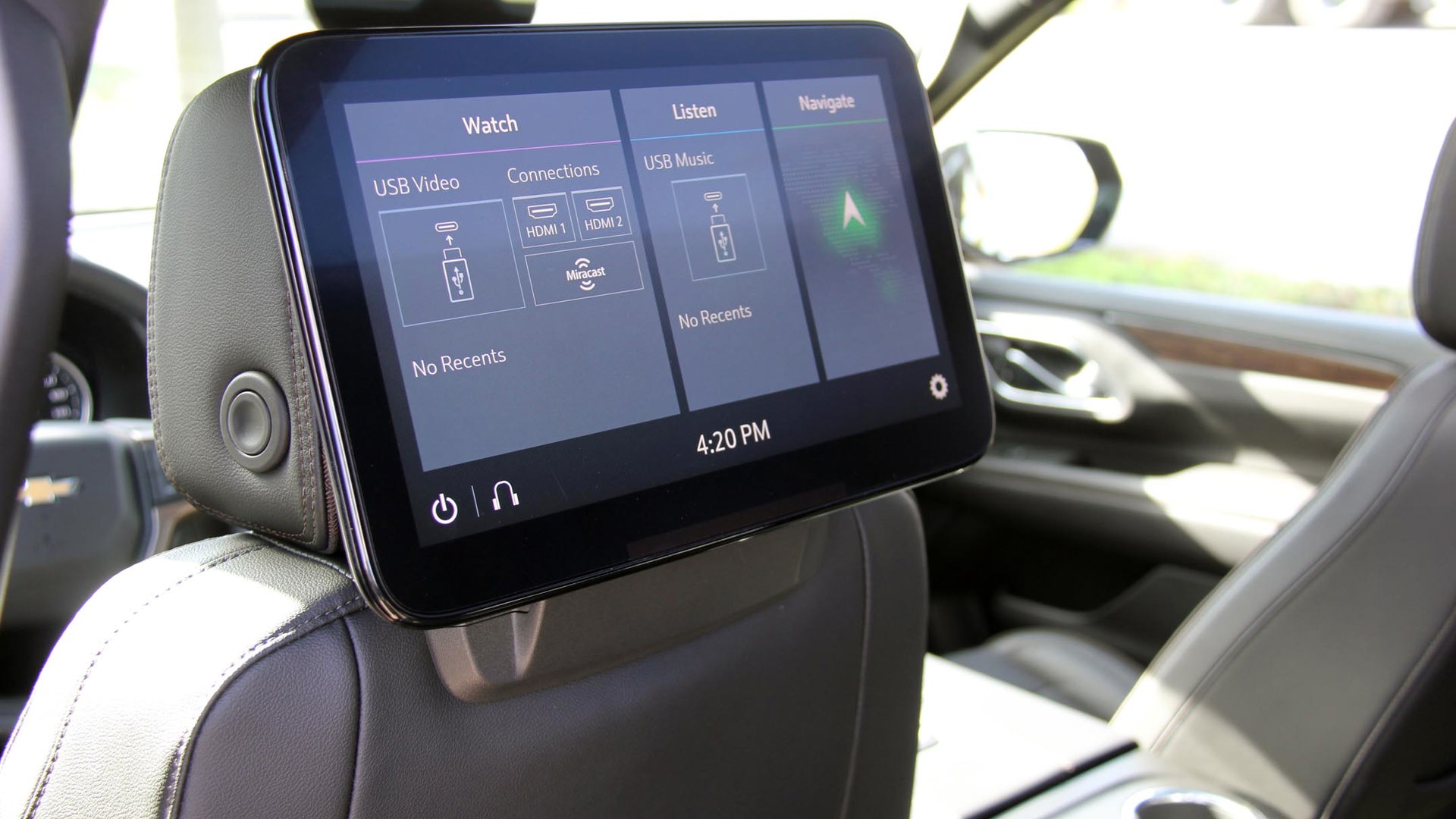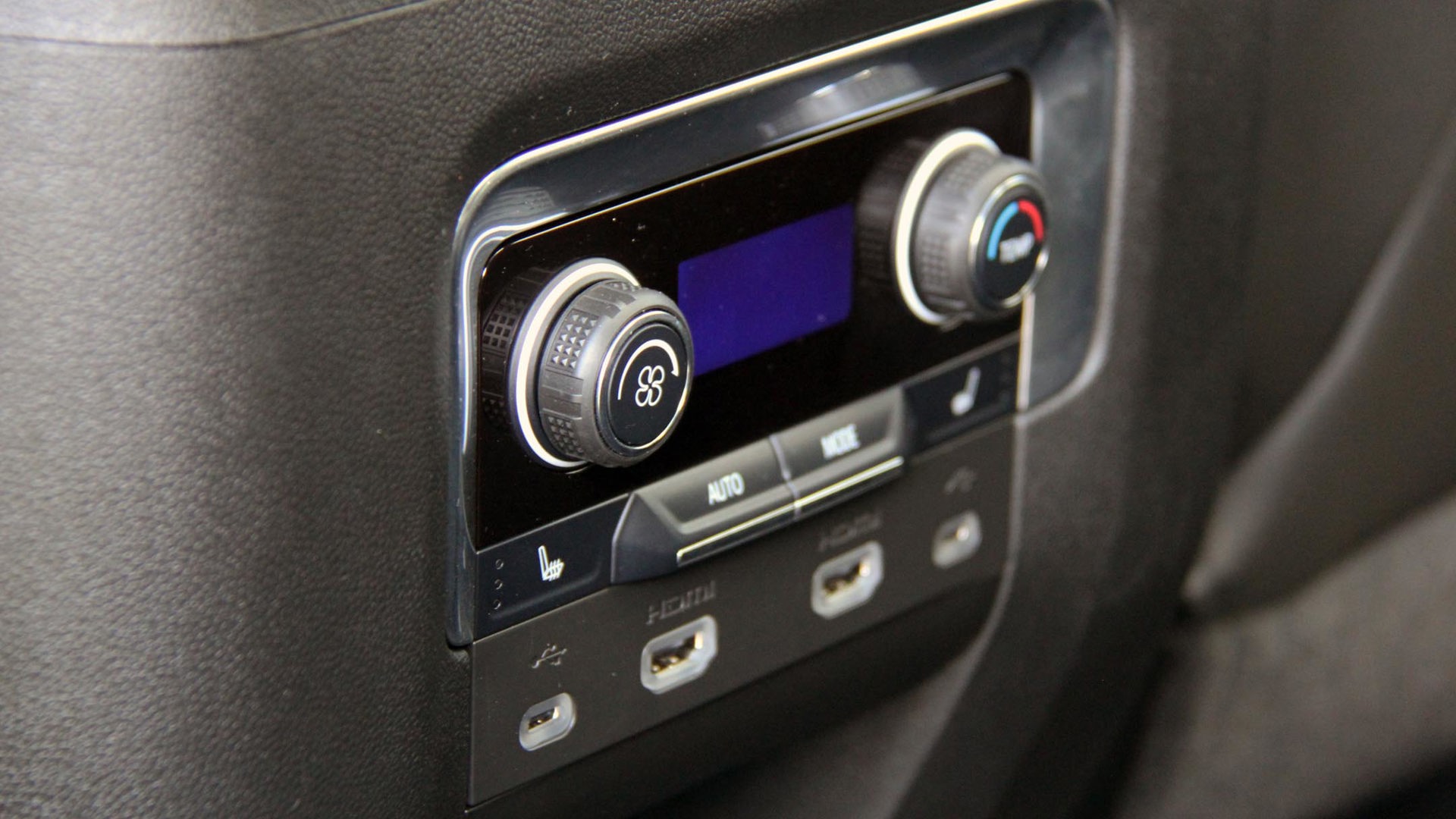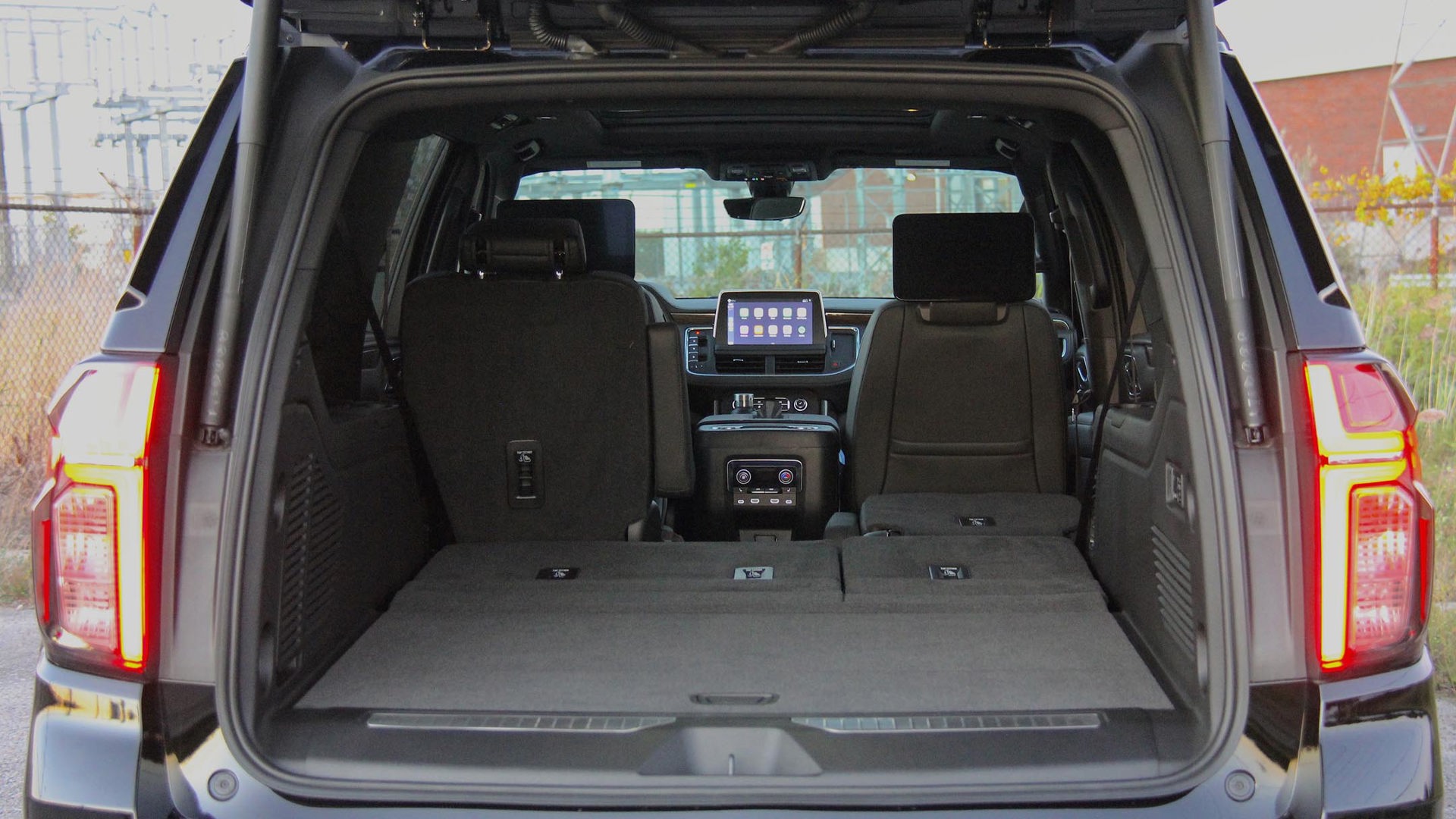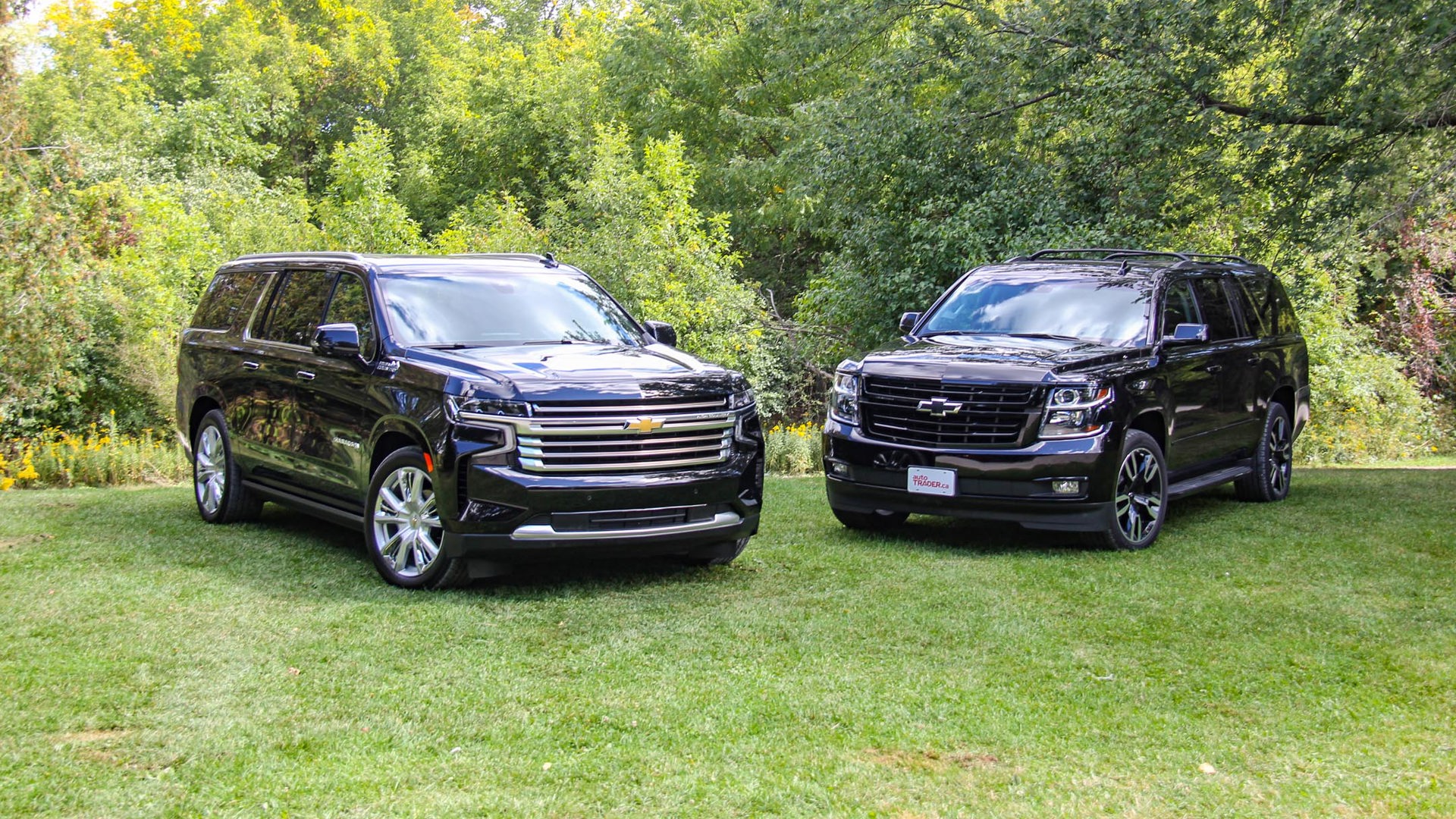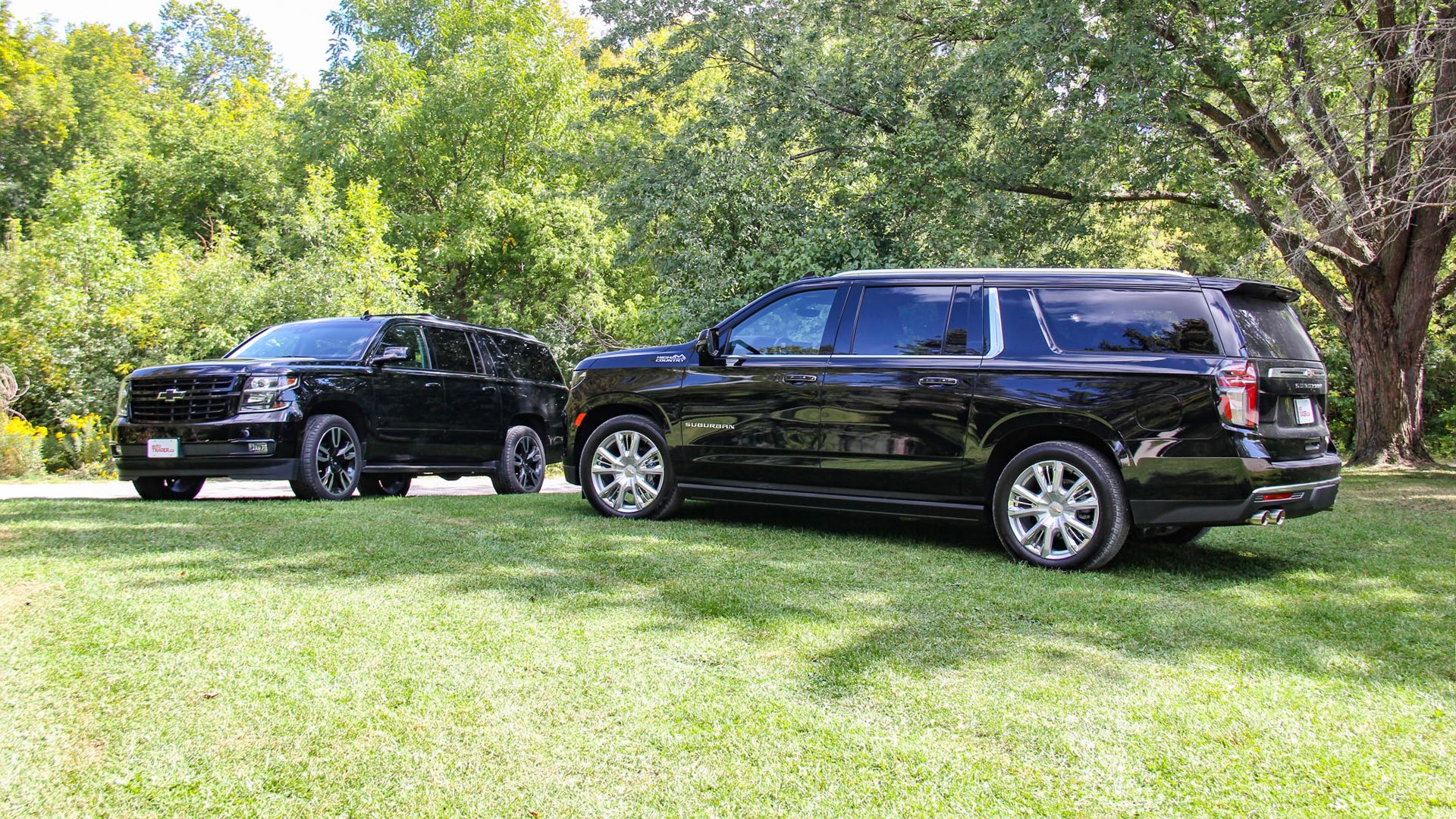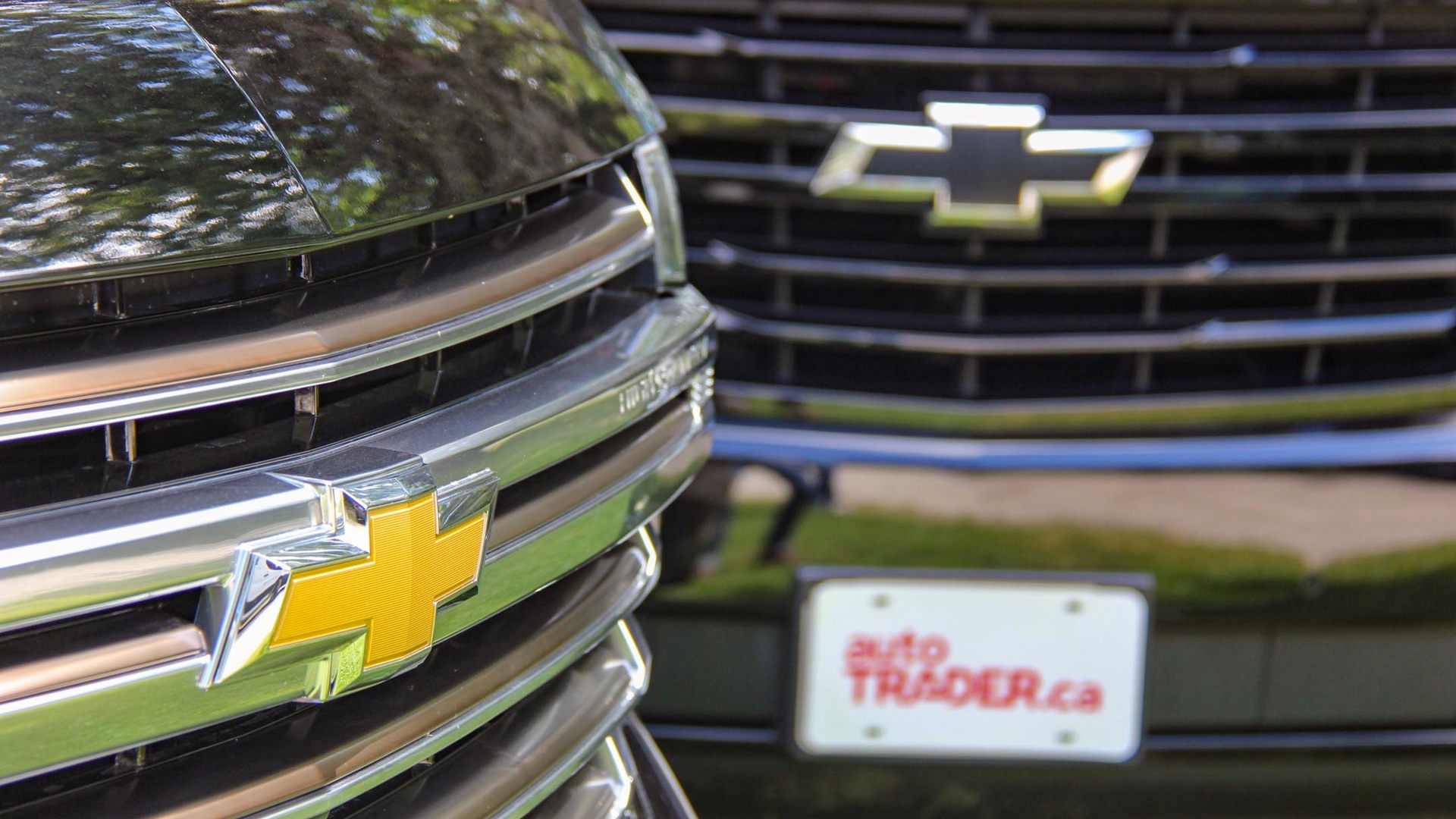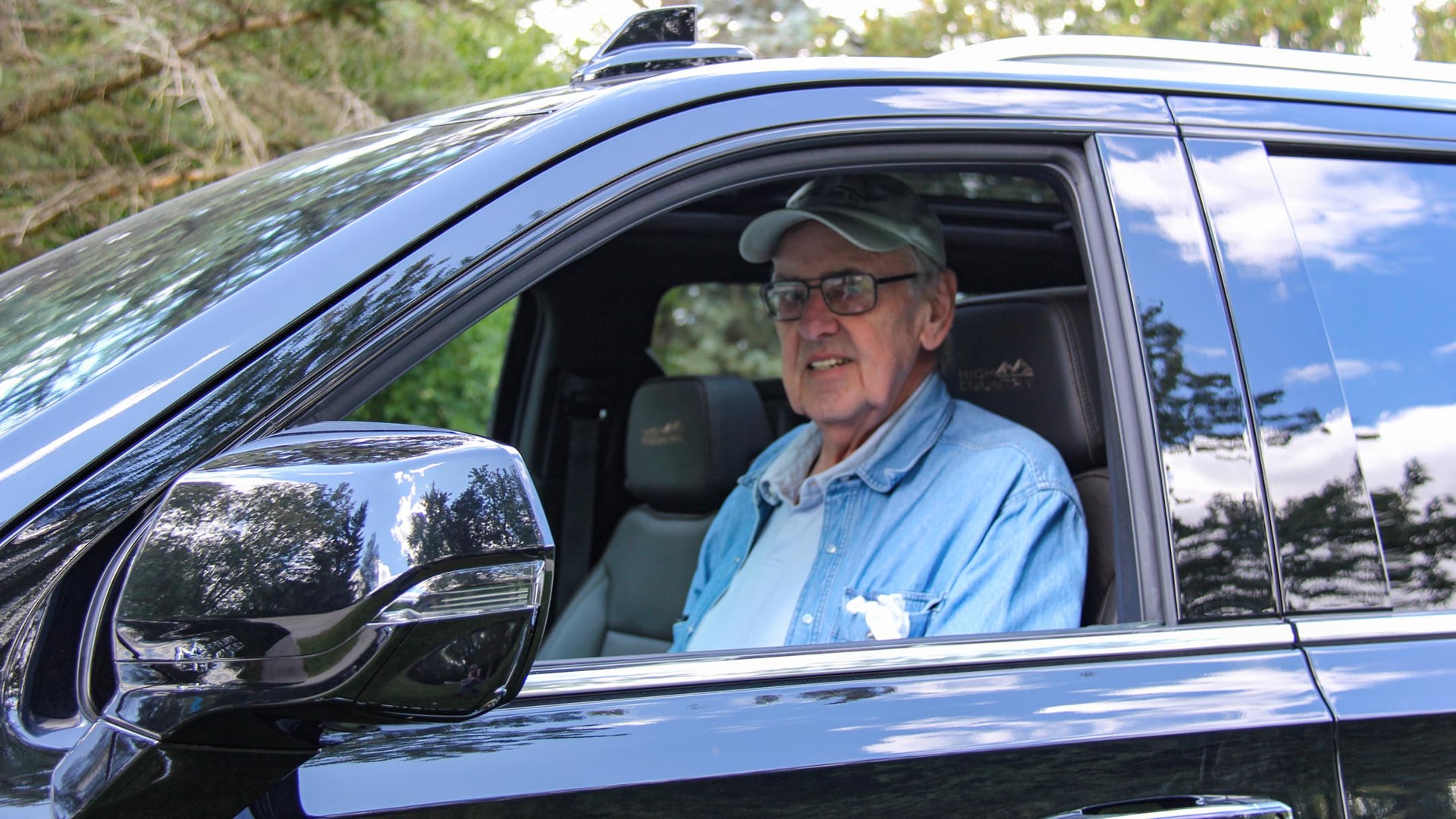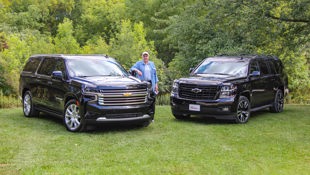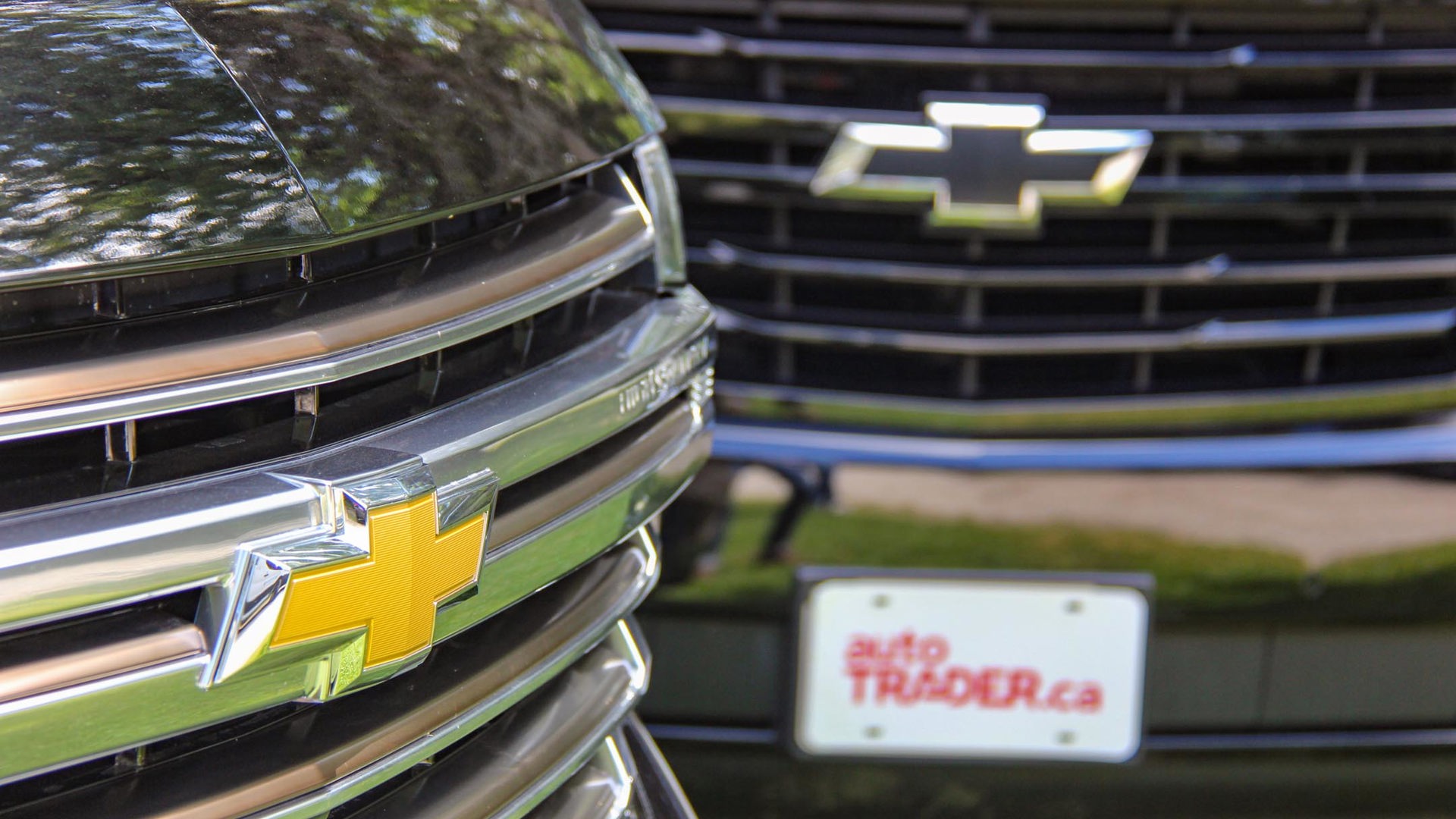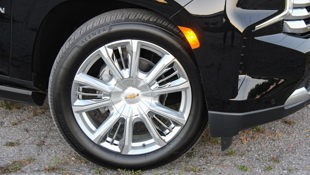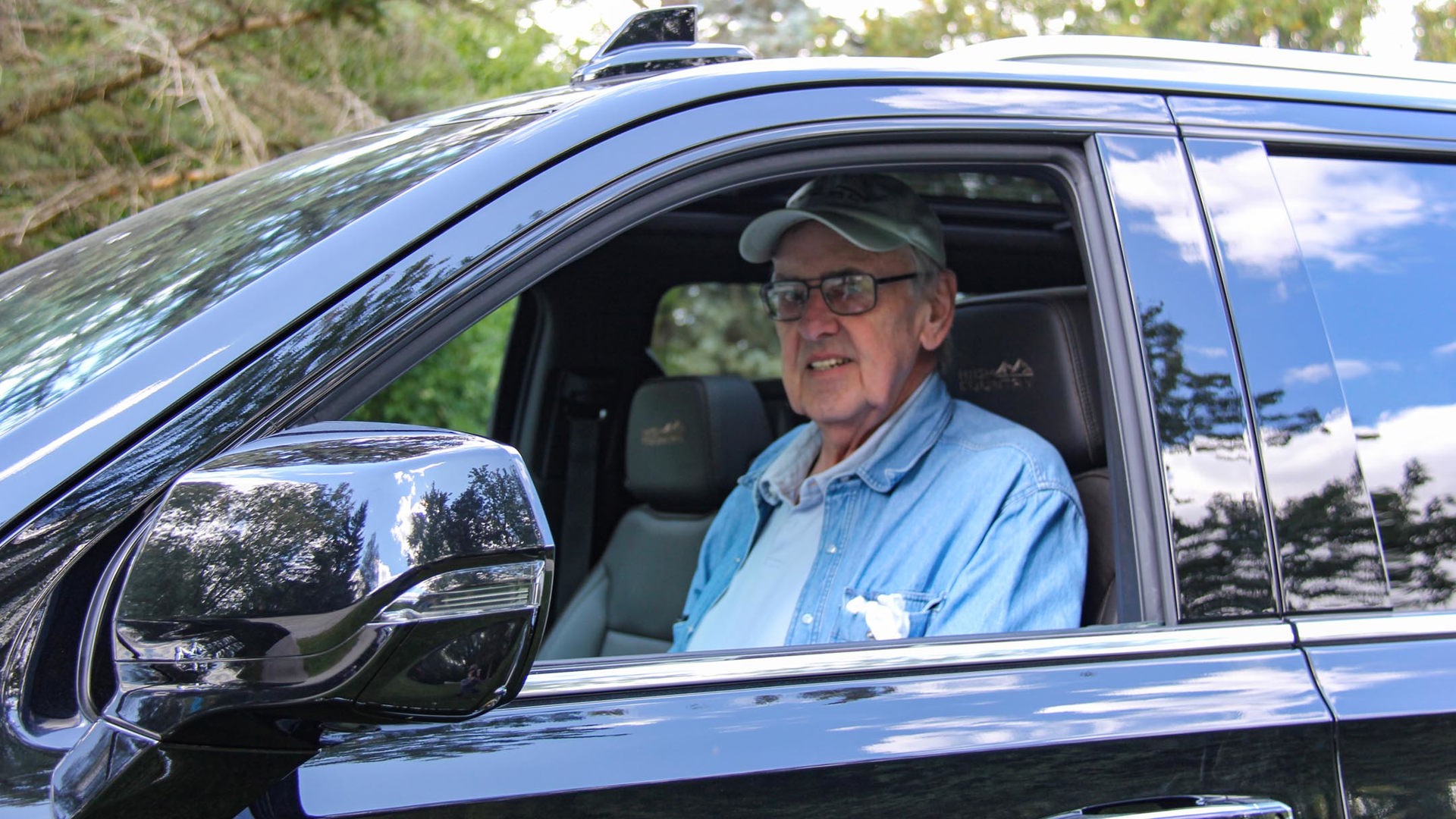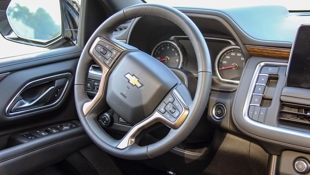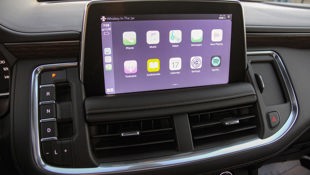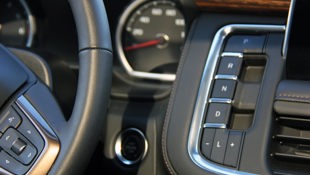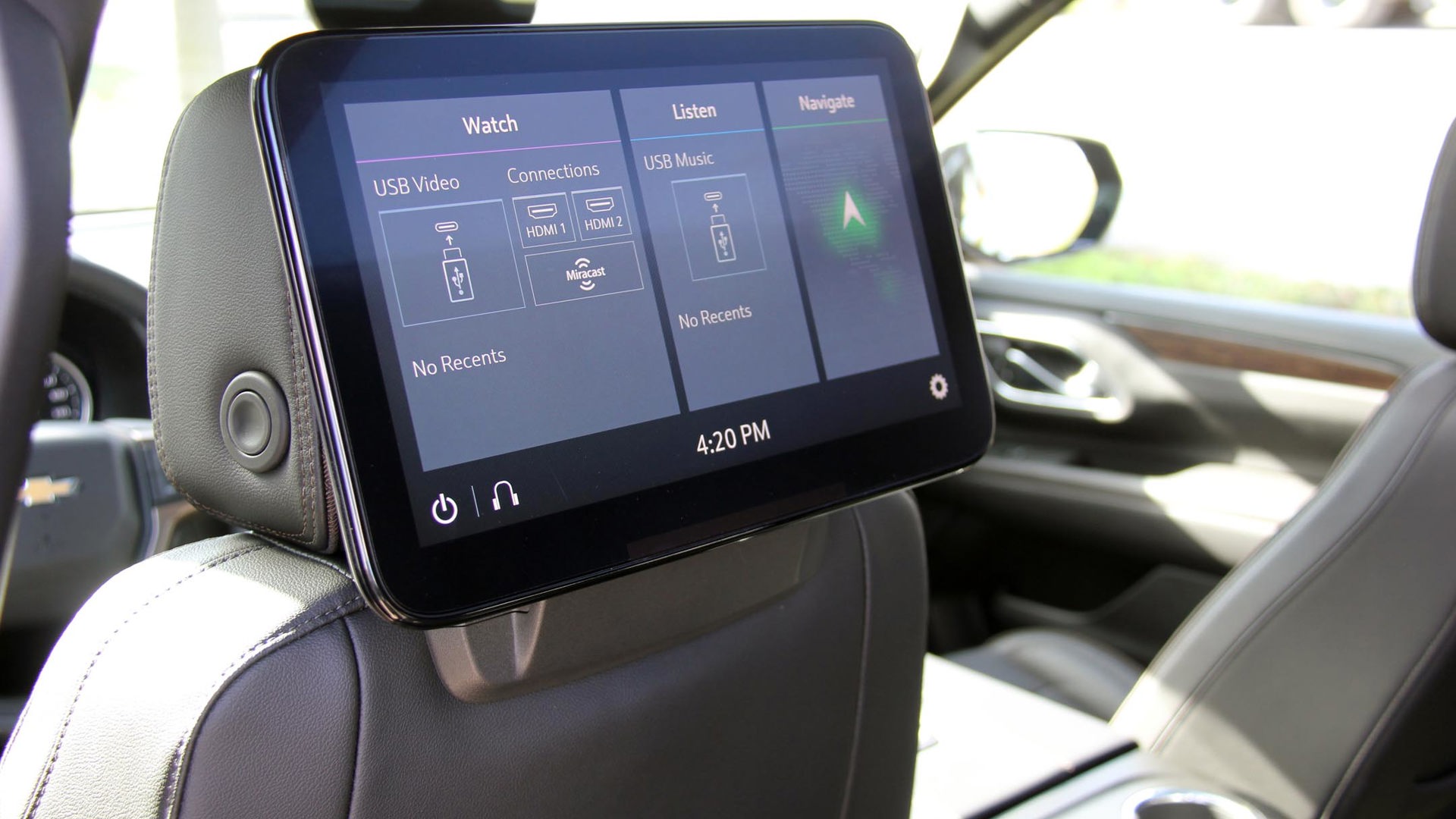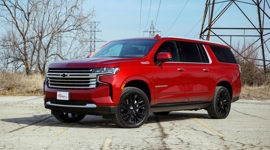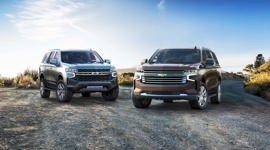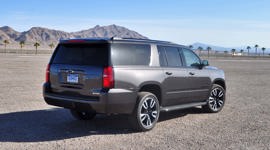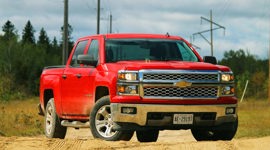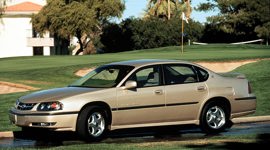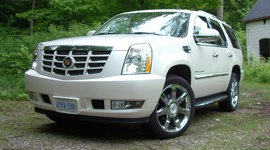My father firmly believes that there are two kinds of people in this world: those who own Chevrolet Suburbans, and the rest – who wish they did.
A fan of British sports cars in his youth, he’s since owned nearly every generation of Suburban since the 1970s. According to General Motors (GM), he’s not alone. The automaker says more than 75 per cent of owners who stay in the segment buy another one. The nameplate defies traditional owner profiles as it is equally represented across provinces and states in North America. It's also just as popular in urban centres as it is in rural regions, which are typically known to favour domestics and trucks. It even has a star on the Hollywood Walk of Fame.
Over the last 15 years of reviewing everything from Rolls-Royces to Jaguars and Lamborghinis, when I’d drop by my parents’ house he’d predictably shrug and say, “I’d rather have a Suburban.” Given the opportunity to test the new 2021 Chevrolet Suburban High Country, I knew what I had to do.
Tact and diplomacy aren’t exactly my father’s strong suits. He’s never had an issue saying exactly what’s on his mind, so I was curious to get his unfiltered thoughts on the next-generation Suburban. Given that there are only two years between my tester and his truck, it was surprising to see how different they are.
The list of Suburbans he’s owned excludes several periods for various reasons. In 1998, he opted for a GMC Yukon instead. At the time, he didn’t think he needed the extra space or third row of seating as my parents were about to become empty-nesters. Whether it was moving me in and out of university, going out to dinner with friends, or moving materials for home renovations, he frequently found that he missed that extra space and seating for possessions and people. Each time we’d load in a piece of furniture or a sheet of drywall that was just a bit too long to close the tailgate, I could never resist giving him a knowing look and a smirk to which he would inevitably respond, “Don’t say it.”
Being his son, I clearly had to say it. “Bet you wish you’d gone for the Suburban now.” His rebuttal was always the same and is not appropriate to repeat here. He’s purchased a Yukon XL and a Suburban since.
He held onto his 1998 Yukon for a number of years because the styling of the 2000–2006 generation didn’t appeal to him and he thought they appeared rushed to development. So, while he’s unwilling to purchase any other vehicle, he is also very selective and critical, choosing the ones he purchases very carefully. After all, they aren’t cheap. He currently drives a blacked-out 2019 model outfitted in Premier trim which he is madly in love with.
Long, Storied History
In production since 1934, the Suburban is the longest continuously used nameplate in automotive history. Called the Holden Suburban in Australia and the Chevrolet Veraneio in Brazil, both the GMC and Chevrolet versions were called Suburban until the ninth generation, when the GMC became the Yukon XL. There have been a number of variants, configurations, and engine choices over the years. Each generation has brought forth more comfort, features, and amenities.
Barry, known to many of his friends and family as “Bear,” purchased his first Suburban in 1980. It was a bare-bones 1976 model with a bench seat and two-wheel drive. It didn’t even have air conditioning. Windows and tailgate glass had to be raised and lowered by hand. Can you imagine that today?
Though surprised by the introduction of two-stage heated seats, which he initially dismissed as superfluous, they became one of his favourite indulgences. Learning the error of his ways, the heated steering wheel was a welcome addition. Needless to say, he’s witnessed the evolution first-hand.
Prior to a third row being offered, Bear installed his own. A family friend removed the rear seat from an old Ford Bronco that happened to fit between the wheel wells, which he then bolted to the floor. Not exactly government-approved safety standards, but nobody seemed to care back in the ’80s.
Twice the Trim Levels
Previously offered in three trims, the 2021 Suburban is now available in no less than six variants. The RST and Z71 packages proved so popular they have now been given their own designations. The entry into the marque is the LS, which features 18-inch wheels and a 5.3L V8 mated to a 10-speed automatic transmission for a starting MSRP of $59,498. The standard engine on all but the High Country, the 5.3L is rated at 355 hp and 383 lb-ft of torque. The next step up starts at $64,398 for the LT, which adds an auto-dimming rearview mirror, a hands-free programmable power tailgate, nine-speaker audio system, and wireless charging.
The new Z71 features higher approach angles, red tow hooks, skid plates underneath, black tubular side steps, the availability of four-corner air suspension, and 20-inch wheels wrapped with all-terrain rubber starting at $71,698. The RST comes in at $72,398, bringing an exclusive black interior with red stitching, monochromatic black grille and accents, including specific badges, and 22-inch wheels.
The Premier package starts at $78,998, bringing with it magnetic ride control dampers, park assist front and rear, 10-speaker audio, blind-spot detection, and lane-change alert. The new king of the hill is the range-topping High Country which we had at our disposal for an all-too-brief 24 hours. It features a 6.2L V8 engine hat’s good for 420 hp and 460 lb-ft of torque. Adaptive air suspension at all four corners is standard and magnetorheological suspension is available. The High Country also comes with its own signature bronze grille, unique sill plates and interior stitching, dual exhaust, and 22-inch wheels. It starts at an MSRP of $83,898 and goes up from there.
Once upon a time, GM’s full-size light-duty SUVs were all very similar; the automaker merely slapped on some different badging and body cladding on them and called it a day. The General has worked very hard to differentiate its various SUVs for this generation, offering different styling, interior layouts, and features so that you can actually tell the difference between the, say, the Suburban, GMC Yukon XL Denali, and Cadillac Escalade.
New for 2021
It’s difficult to imagine anyone complaining that the previous Suburban didn’t have enough space; however, the 2021 model is 25 mm longer, with a track that’s grown by 102 mm. The addition of independent suspension increases seating area and cargo capacity by 19 per cent, resulting in more than any other SUV on the market, according to GM. It doesn’t feel noticeably larger from behind the wheel; in fact, steering is more responsive and handling more agile.
The adaptive air suspension is also a first for 2021. Not only does it noticeably improve ride quality and handling, but it offers four inches of articulation. It can be raised in the low four-wheel drive setting or lowered for easier access when parked. It can be customized based on preference, but automatically defaults to the lower setting at higher speeds to reduce drag.
It's been years since a Suburban was offered with a diesel powerplant. Last available in the eighth generation as a massive 6.5L, they were loud, and they smelled bad. GM is going to try it again by adding the 3.0L straight-six offered in its half-ton trucks to the Suburban for the first time, but it won’t be available on the Z71 due to its incompatibility with the front fascia. The engine is rated at 277 hp and 460 lb-ft of torque, but is expected to provide better fuel efficiency and driving range.
Expert Opinion
At long last, the fateful day arrived: Bear was finally excited about a press vehicle in my possession. In fact, for a short time he had not one but two Suburbans in his driveway. His cup runneth over. We must have looked like Secret Service agents, donning sunglasses as we each got into one and drove off in tandem.
A sticking point and shortcoming of Chevrolet products for years, materials are now thankfully of much higher quality. According to Doug Kenzie, Chevrolet Canada's marketing manager in charge of trucks, designers started with a clean slate. As such, they moved from a column shifter to a dash-mounted selector. Expecting some harsh criticism, Bear surprisingly nodded in approval. “That makes sense and they executed it well,” he said.
Spending the day driving the two models back to back, stopping to get coffee and walk around the new model, he was thoroughly impressed. “There’s nothing I specifically dislike about it,” he said, “But there are some things I’d change or simply not use.” In particular, he’d pass on the rearview mirror camera, the new power sliding centre console that moves about 250 mm fore and aft, and the power-retractable running boards. I’m inclined to agree on all three points.
There was much he did enjoy, however, including the four-corner air suspension, panoramic sunroof, and head-up display that includes road sign information. He also agrees that it was a good idea to move the wireless charging pad from the arm rest to a more convenient location closer to the dash, and where Apple CarPlay and Android Auto can be used without having to plug in your smartphone. He enjoyed the power of the 420-hp 6.2L V8, but would likely opt for the Premier model again in favour of the 355 hp 5.3L V8. “I bet this thing could pass everything on the road but a gas station,” he snickered while getting the SUV up to speed.
Bear often gets flak from people who question what kind of fuel mileage he must get in such a large truck. Admittedly, the Suburban isn’t a gas-sipper, but he asserts that while each newer model has offered additional safety features, amenities and technology, they have also improved fuel efficiency with every generation. Cylinder deactivation has been around for years, but the new dynamic fuel management system allows the engine to operate on any number of cylinders from one to eight based on the situation. Not to mention the improvements made in efficiency and driving characteristics thanks to the butter-smooth 10-speed transmission.
My Thoughts
While Bear is no doubt a Suburban aficionado, I’m no stranger to them. I learned to drive in the 1989 model he drove while I was in high school and have spent a lot of time behind the wheel of each subsequent model he’s owned. Bear has never towed with any his Suburbans, but I sure have. I appreciate the added towing capacity of the 6.2L engine, not to mention the nine available camera views, which are all in high definition. A new trailer app that was launched with the Silverado also allows you to adjust and store trailer settings, do light checks, and check trailer tire pressure through optional pressure sensors.
My biggest complaints with SUVs have always been that they tend to be slow and cumbersome. Well, the 6.2L engine and air suspension negate that objection, managing to convert even me. The new Suburban drives like a smaller, lighter vehicle than it actually is. The ability to lower the vehicle also allows me to park in my underground garage while Bear reluctantly has to leave his outside when he visits.
When we were kids, we’d set up our seating areas in the back with pillows and snacks, listening to our Walkman cassette players as we enjoyed the sprawling scenery outside the wide rear windows. There weren’t any entertainment devices or even cupholders included. Now when my nieces ride in the back, they each have their own entertainment screen and wireless headset where they can watch movies or play games. Instead of asking “Are we there yet?” when we arrive at our destination they respond with “My movie isn’t done, I’m staying in here.” 2021 brings even more comfort and entertainment options to rear-seat passengers, including the class-leading 12.6-inch rear screens.
Final Verdict
The twelfth-generation Suburban doesn’t represent a bold departure from the ethos of the industry’s longest-running nameplate, but it does substantially differ from the previous model in a number of key aspects. It takes a decisive, noticeable step forward by stepping up its game in all of the areas it may have been perceived to be lagging behind the competition in any way, but in a manner that I don’t see alienating its loyal owners. Time will tell how these new changes are embraced by the Suburban faithful, but based on Bear’s reaction to the changes to the 2021 model you can be sure that the next generation will sell at least one.
